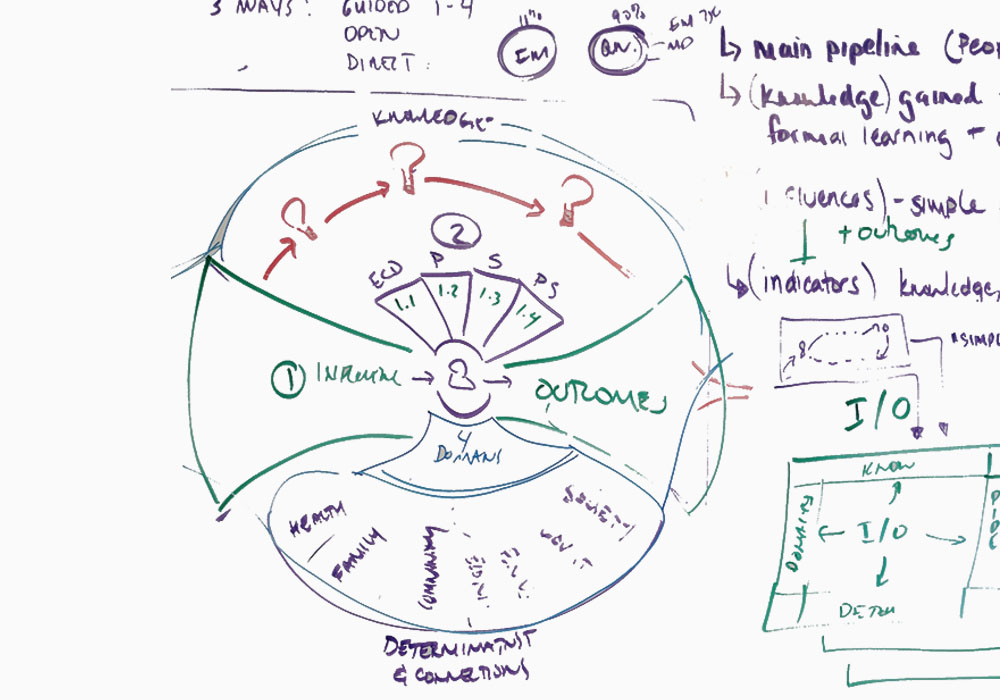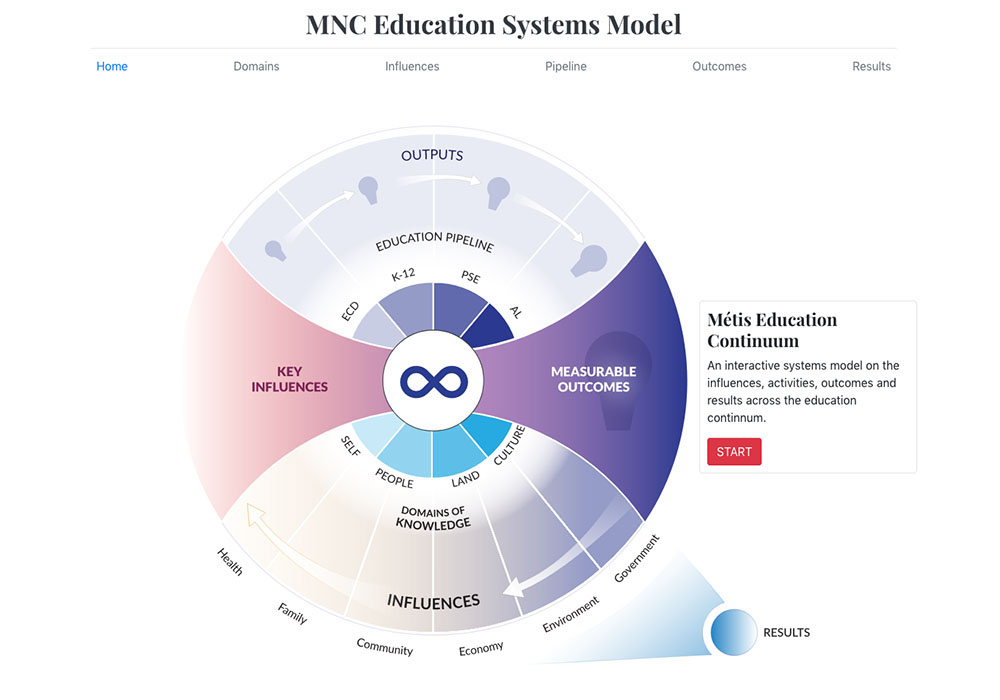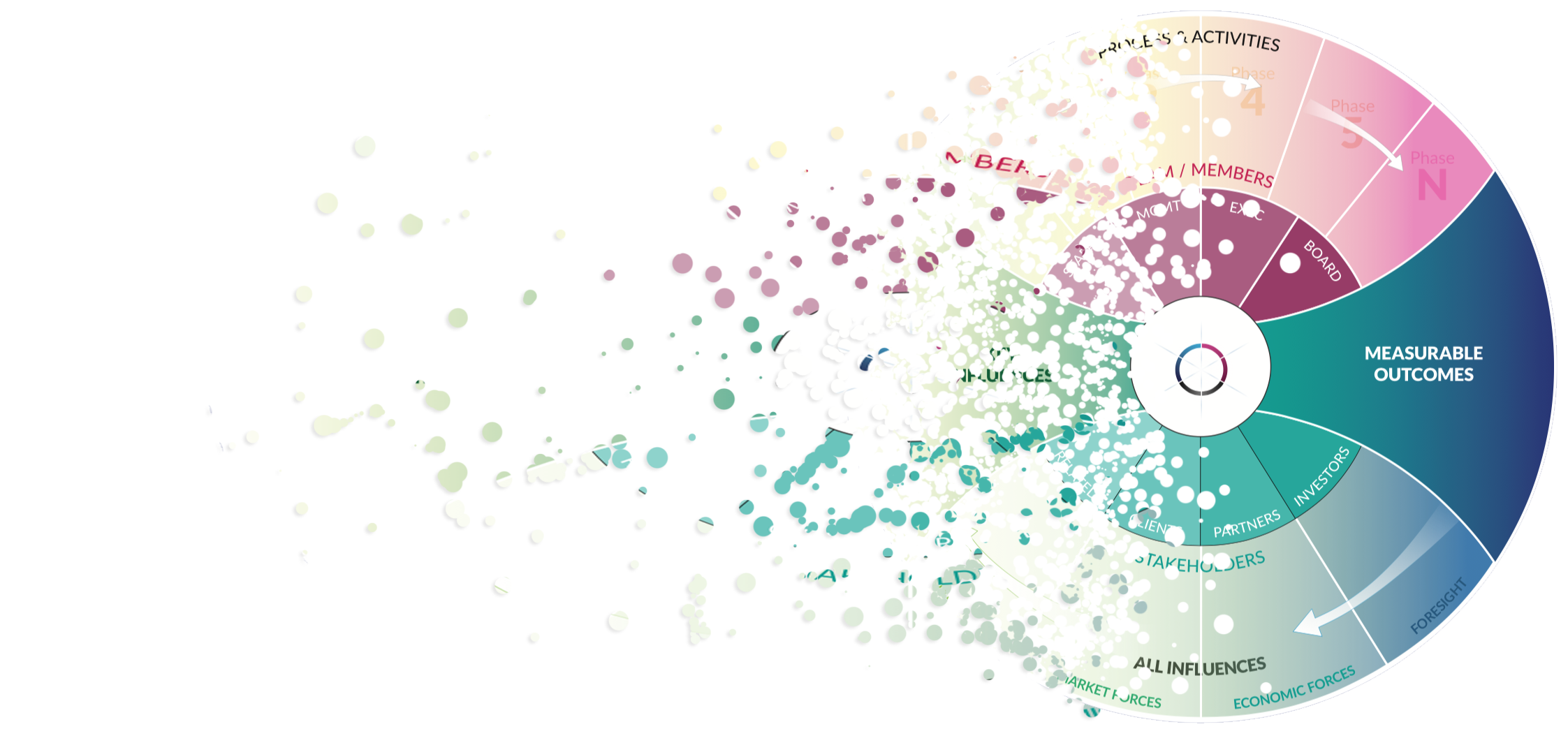Visual Thinking

What is visual thinking?
Broadly defined, visual thinking is the use and exploration of images as tools for communication, understanding, analysis and problem solving. When practiced with rigorous discipline, Visual Thinking techniques result in the production of graphic ideas that help us understand ideas, problems, processes and systems in intuitive, novel and original ways.


Why does visual thinking help?
- Visually representing a challenge helps us to deconstruct it and understand the factors and issues that make it up. This can help people make better decisions faster
- It helps people communicate our decisions (and visions) more effectively
- Visual information is processed more quickly than text.
- Visual depictions of projects and plans puts people in instant visual contact with their project and each other, helping them understand and monitor whatever needs to be happening at the level of detail that matters most at the moment.
- People benefit from interaction with multiple representations of information and concepts more than through text.
- It helps people learn about complex systems. In many cases, visualizations convey more meaning than written and verbal descriptions alone.
- Visual diagrams, graphic organizers, and concept maps help people problem-solve, and support group work.
- Creating visual explanations improves retention of information and deeper understanding of complex concepts.









